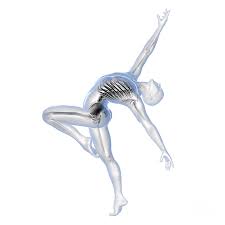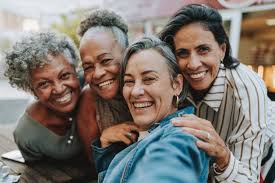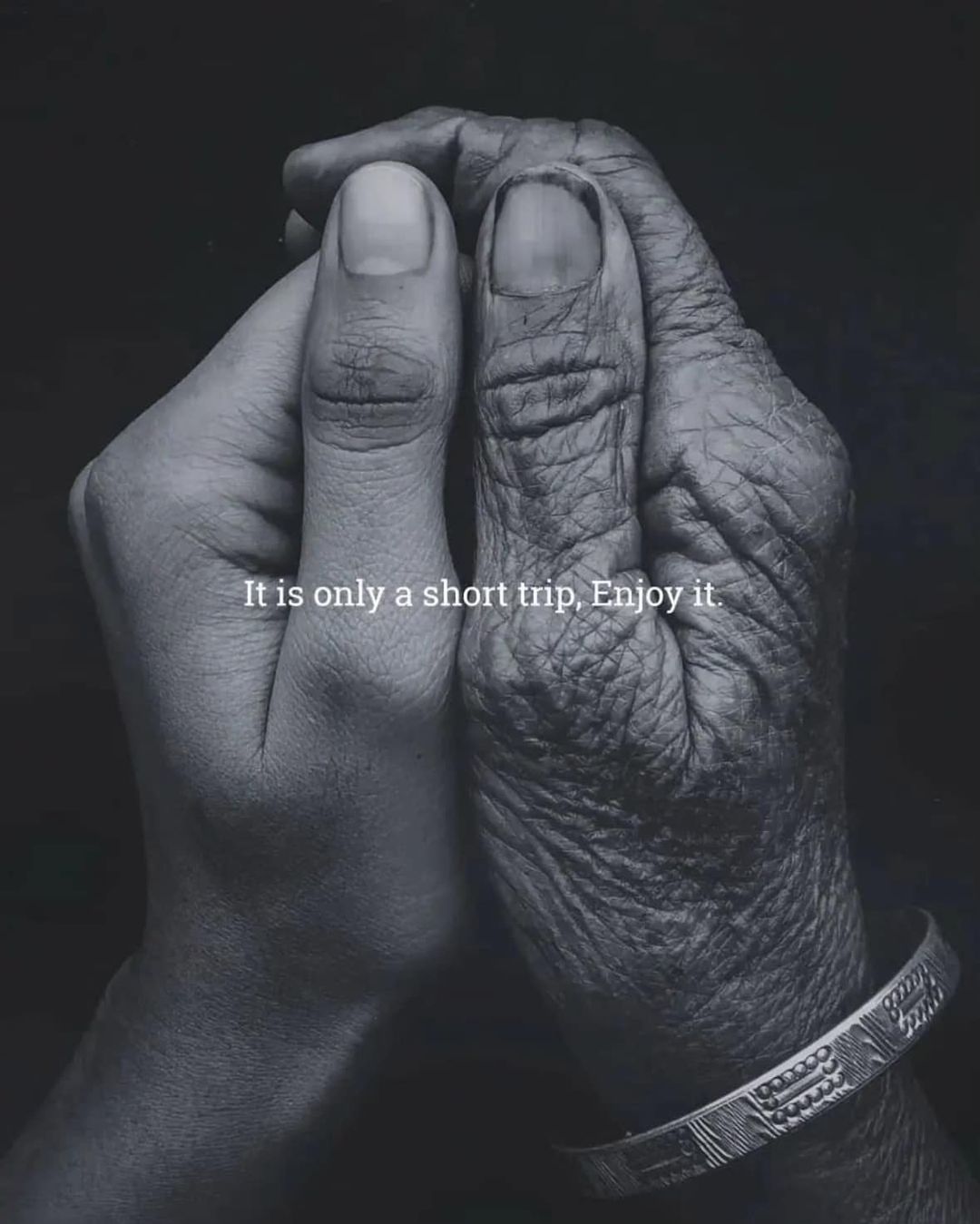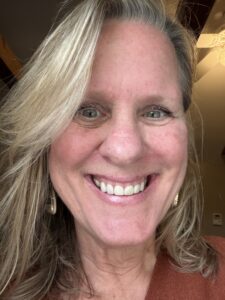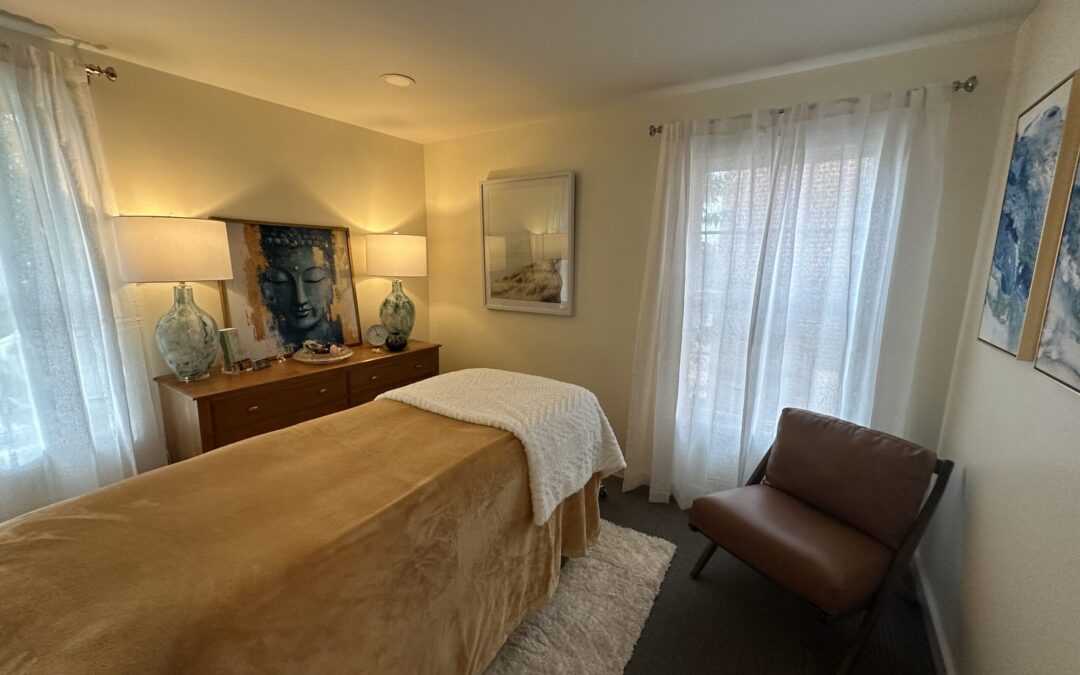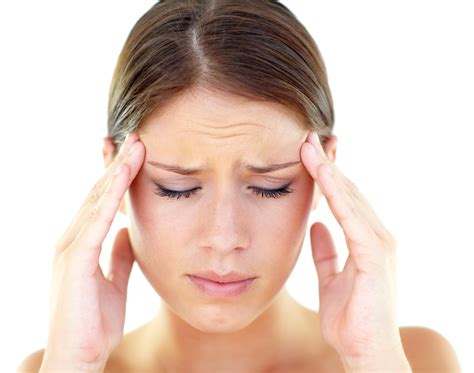
The Importance of Facing Pain and Suffering in Order to Heal

Why Facing Pain and Suffering Is Essential for Healing and Growth
Pain and suffering are part of being human. Yet many people spend years trying to avoid them. We distract ourselves. We push through. We numb. While this can help short-term, avoiding pain often makes it last longer.
Facing pain—physical, emotional, or psychological—is a necessary step toward real healing and long-term well-being.
Pain is Information. Not Failure
The way that our bodies signal that something is off is usually through pain. It helps us to pay attention. Physical pain shows us our biological history. It can point to injuries that have not healed, illness, nervous system dysregulation, or burnout. Emotional pain may be related to old trauma stories left unresolved, and unmet needs.
Early Attention can help us avoid Chronic Conditions.
Believe it or not, staying positive is not the way to health. Often people bypass the valuable information that pain speaks. The sooner you address pain signals-the better off you are.
Avoidance Can Keep You Stuck
Many people ignore or push pain away. In reality, avoidance often leads to:
-
Chronic tension or inflammation
-
Anxiety and depression
-
Repeated patterns in relationships
-
Fatigue and loss of motivation
When pain is suppressed, it doesn’t disappear. It shows up in other ways.
Facing suffering does not mean dwelling on it. It means acknowledging what is present so change can occur.
In my practice in Worthington, Ohio, I often work with people who wait too long to move onto an active healing path. But I’d like to let you know that staying present and in charge of your wellbeing is an empowering step. Facing pain and suffering helps you to respond more powerfully on a path of ease. We have less compensations, and more simplicity is taking the courageous steps to address what is here.
Take the time to get grounded and take care of your health and wellbeing.
Sharon Hartnett CST-D
614 653-8111
www.craniosacraltherapistcolumbus.com

